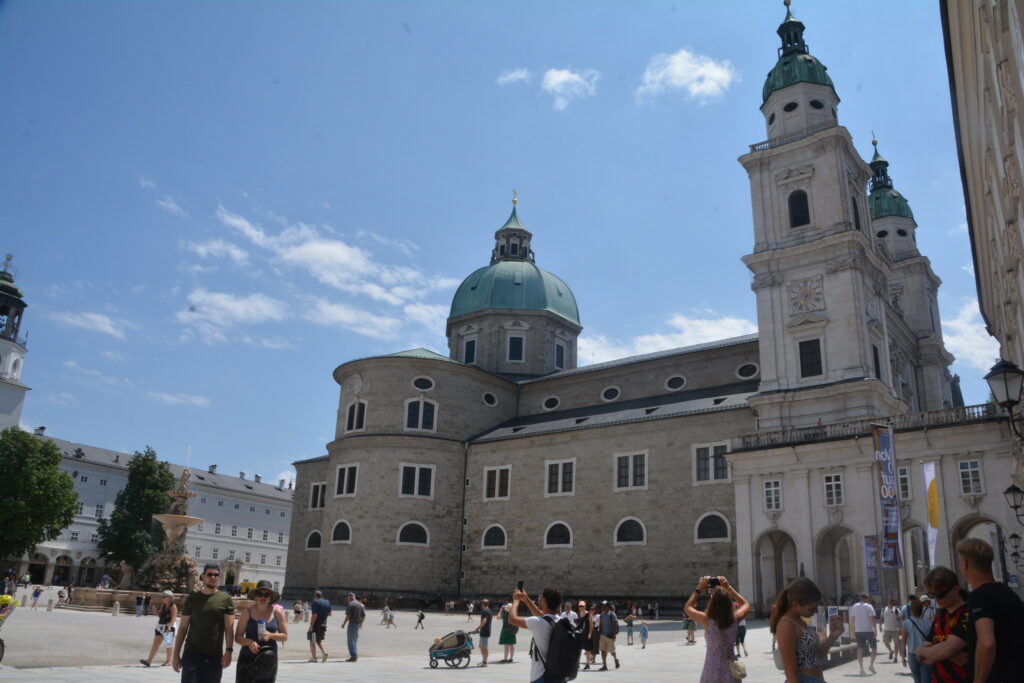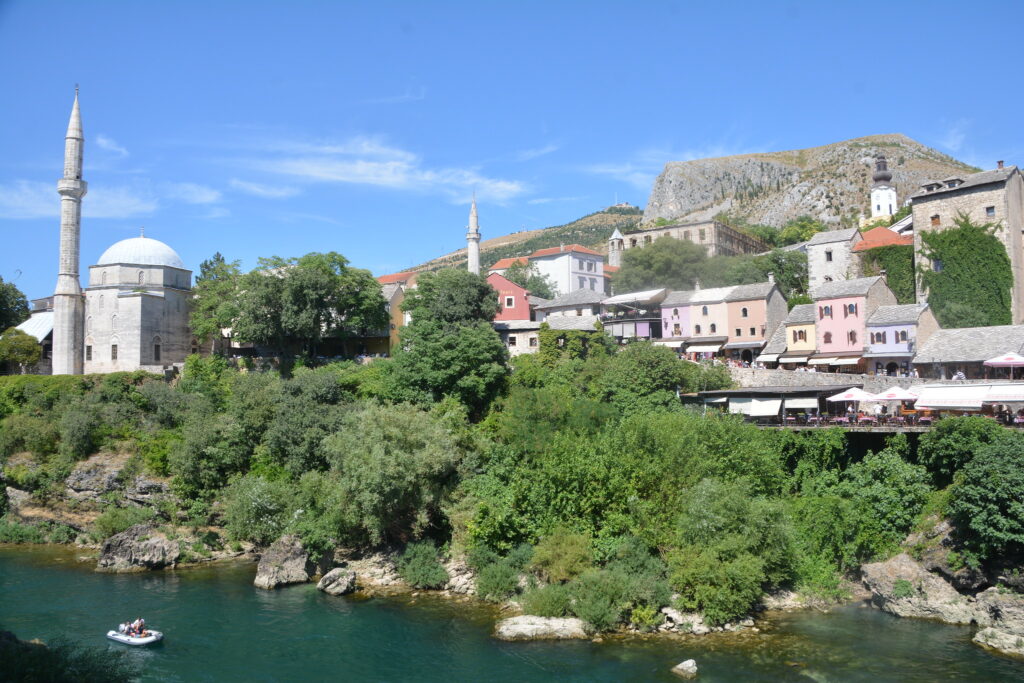Our travel across Central Europe and the Adriatic began in the heart of Austria, in Salzburg, a city that thrums with the legacies of the Habsburgs and the musical reverberations of Mozart, its celebrated court musician. It was here in Salzburg that we embarked on a journey that culminated in Graz, another stronghold of the Habsburg legacy.

As we navigated through Slovenia, Croatia, Bosnia, and Montenegro, each nation offered a unique historical tapestry. Yet, their histories, diverse as they might seem, were intricately connected. The omnipresence of the Habsburgs and the vast Austria-Hungary empire was palpable, a reminder that at the onset of World War I, their dominion stretched over all the lands we traversed.
But Europe’s and the Balkan’s narrative is much more layered. In Dubrovnik, ancient Roman footprints took center stage. Once known as Ragusa, this city stood as an independent beacon from 1358 until its annexation by Austria during the Congress of Vienna. The echoes of the Venetian empire too were evident, a testament to their maritime prowess and influence over the Adriatic.
Yet, among these overlapping empires and histories, the profound influence of the Ottoman Empire stood out, especially as we journeyed through Bosnia. This empire, with its extensive campaigns, not only brought political and territorial changes but also introduced the enduring essence of Islam to the region. The minarets, the call to prayer, and the intricate Islamic art and architecture serve as a testament to this epoch.
Bosnia, in particular, emerged as a confluence of cultures. Here, the Ottoman legacy is prominently visible, with Islam being a significant part of its cultural and religious tapestry. This is a region where mosques stand alongside churches, where the Islamic call to prayer mingles with church bells, representing the complex coexistence and the historical significance of Islam.

The significance of the Ottoman Empire and Islam’s influence underscores a crucial facet of our journey: history is not a linear tale. It’s a mosaic of empires, religions, and cultures. Our travels through Central Europe showcased this intricate dance of influences and highlighted how every empire, including the Ottomans, left indelible imprints on the sands of time.
Detailed Blogposts
Itinerary and Photos
You can follow the itinerary in a Flickr photo album or click below.
- 1. Salzburg, Austria – Highlights: Mozart’s birthplace.
- 2. Ljubljana, Slovenia – Highlights: Ljubljana Castle, Triple Bridge.
- 3. Predjama Castle and Postojna Cave, Slovenia – Highlights: Renaissance-era Predjama Castle built within a cave, the mesmerizing Postojna Cave system.
- 4. Plitvice Lakes National Park, Croatia – Highlights: Terraced lakes, cascading waterfalls, and diverse flora & fauna.
- 5. Bihać, Bosnia – Highlights: Fethija Mosque.
- 6. Split, Croatia – Highlights: Diocletian’s Palace, Cathedral of Saint Domnius.
- 7. Mostar, Bosnia – Highlights: Stari Most (Old Bridge), Koski Mehmed Pasha Mosque.
- 8. Rogotin, Croatia – Highlights: Peaceful village charm, scenic views of the Neretva Delta.
- 9. Dubrovnik, Croatia – Highlights: Ancient city walls, Lovrijenac Fortress.
- 10. Kotor Bay and Herceg Novi, Montenegro – Highlights: Breathtaking bay views, medieval architecture of Herceg Novi.
- 11. Graz, Austria – Highlights: Schlossberg.
Practical Information
Journey Details:
- Distance: Approximately less than 5000 km.
- Travel Duration: July 16 to August 5.
- Weather Report:
- Most destinations: Warm enough for shorts. Note to self: Avoid packing spare long pants. Short sleeves were sufficient. One sweater is more than enough.
- Weather occurrences: Encountered thunderstorms three times during the journey.
Currency & Payment Details:
- Euro-Zone: Except for Bosnia, all locations use the Euro.
- Bosnia: While Euros are accepted in most tourist spots, there were instances where local currency (Bosnian Convertible Mark) was needed, especially in some restaurants.
- Payment Note: Credit cards are accepted in most locations, but it’s important to note that AMEX may not be as widely accepted in all countries visited.
Food:
- General Cost: As a family of five, dining out typically cost us between 70 and 120 Euros.
- Dubrovnik: This was the most expensive location for dining.
- Bihać: The most affordable dining experience; we paid only 80 Marks (equivalent to 40 Euros) for a full meal, including coffee/dessert, in a well-rated restaurant.

Leave a Reply